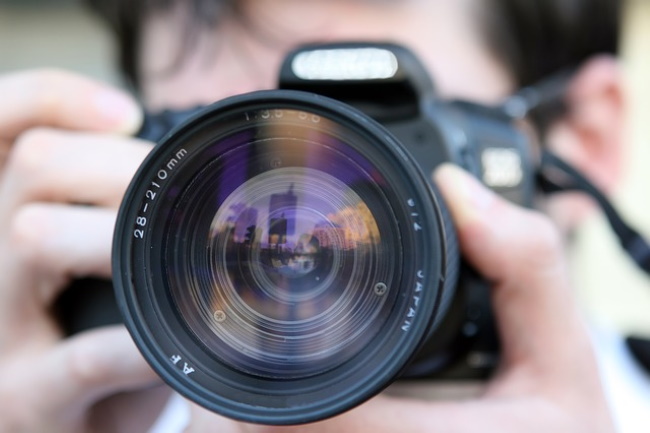The arrival of new technologies has provided us with many facilities and easiness. Let us take the example of digital cameras, which have been introduced to capture your special moments and provide many security functions. These cameras allow you to create better quality pictures and have much more functions than film cameras, such as tiny security cameras, nanny cam, and dash cam, which record smaller snippets of footage, usually in increments of one to two minutes at a time.
DSLR Cameras are increasingly becoming a type of camera within reach of the average photographer as prices have fallen and manufacturers have developed more user-friendly models. The highest image quality, speed, intuitive design, and modular capabilities fit nearly any type of photography. Although DSLRs cover a wide range of possibilities, its combination of price, performance, and sensor size/resolution offered by most models is already ‘good enough to satisfy demanding photographers.
While choosing a good DSLR, there is a range of options regarding what type will best suit one’s personal needs. You should consider your camera needs, desired features, and potential accessories when considering the DSLR camera. You can also make your decision according to the camera’s features, like sensor size, megapixels, video mode, and shooting modes. Whether you are a professional photographer or just an ordinary person who loves to capture movements, a DSLR camera will help you capture beautiful, memorable moments to share with your generation.
In this article, we will share two general tips with you that will help you to choose a good DSLR camera, and those tips are as below.

Image source
Tip #1. Consider the General Features
Lenses
Lenses are the essential tools to be first checked and considered imagery quality and can be deciding between professionally rendered photographs and average snapshots. Since the choice of a DSLR directly affects the type of lenses being used, this is the first crucial step.
Sensor Size
Another most important feature to be considered is the size of the sensor and the size of each photosite on it. The larger the photosite’s surface area would be, the more light it will capture and the more information it will record. In addition, the camera’s image processor is a crucial part; the greater there would be dynamic range in the resulting image, it will give a better image quality. Otherwise, the tiny sensors of compact digital cams cannot record details in the brightest and darkest areas.
Batteries
The battery is also a central focus of consideration because these are the cameras you take for traveling. For many occasions, the battery should have capable enough to spare much time.
Size
Today’s DSLRs have different variations in size. Depending upon your desire, you can choose accordingly. For example, some photographers don’t mind carrying around heavy gear, but a small DSLR camera can be convenient, which you can take out anywhere with ease.
Shutter Speed
Today DSLRs have a decent range of speeds available, while some have some top rates, which will be very useful. Although if you still have some doubts, you can check it before buying yourself a DSLR.
Flash
The professional DSLRs don’t have a built-in flash, while the others do have a built-in flash. So you should go without the built-in flash DSLRs if you want them for professional purposes. Otherwise, it depends on your own choice.
Megapixels
Megapixels affect your image usage rather than image quality. More megapixels means more images can be made larger and clear. Almost all new DSLR cameras come with at least 10-15 MP resolution, which is suitable for most photographic purposes.
Tip #2. Consideration Systematic Features
Look for the variety of modes
All the cameras come with various modes such as portrait, landscape, night, indoor, panorama, and action. While for most of the shoots, auto or manual mode is used. If you want to get more hands-on with your photo settings, look for a camera where you can use manual mode to adjust camera specifications. Otherwise, the auto mode can work fine.
Look for editing capabilities
A DSLR camera with editing capabilities can be a perfect choice. You can apply filters, make adjustments, or change the exposure without using any editing software.
High definition capabilities
Choose yourself a camera that has high-definition capabilities, especially if you are about to make videos from that camera. Higher rates help smooth out the motion of the picture quality.
Wrapping Up!
When choosing a DSLR, many evaluations need to be made to pair an appropriate camera with one’s skill, needs, and relevant subjects. While selecting any gadget, you must know about that gadget and some tips, especially for the digital ones.
We hope that the two general tips mentioned in the article will help you choose a good DSLR.
2 General Tips for Choosing a Good DSLR Camera,




